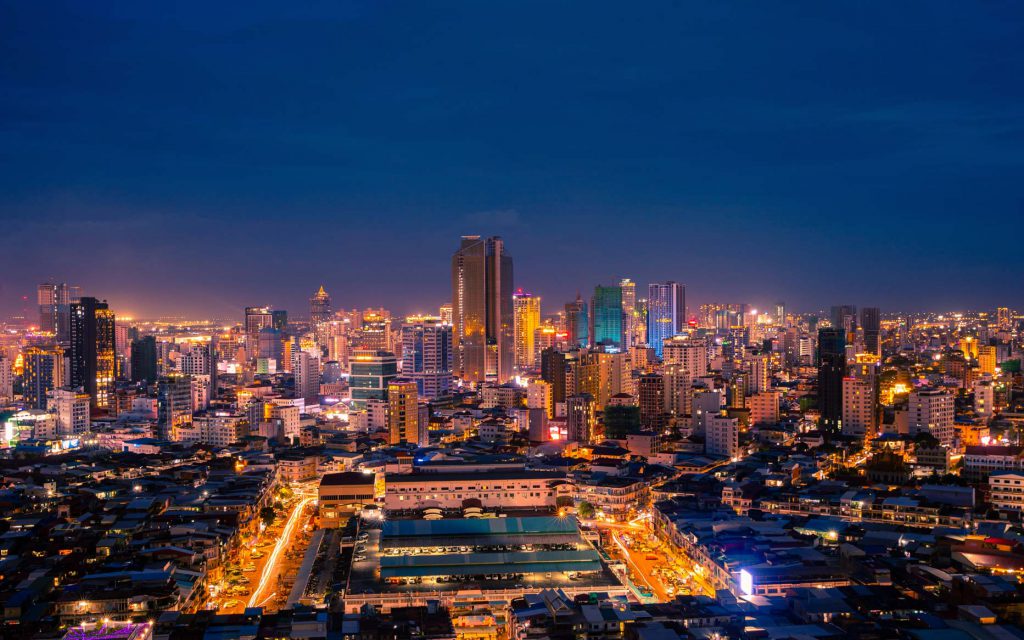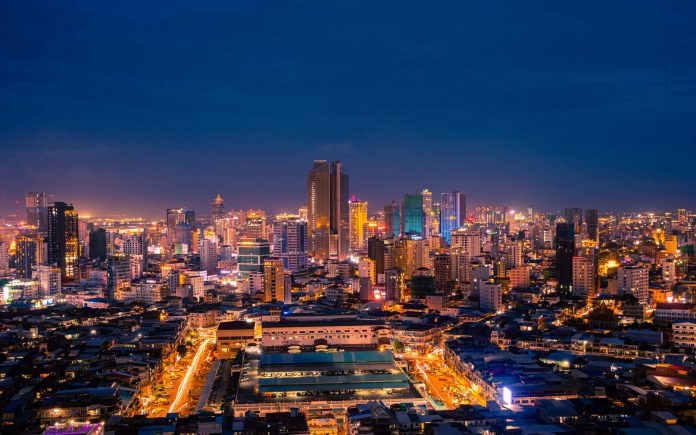Tourism players are hopeful that vastly improved infrastructure will help position Cambodia as a standalone destination, making remote destinations easily accessible.
The opening of Cambodia’s first expressway, connecting Phnom Penh to the coastal city of Sihanoukville in late 2022 was deemed a gamechanger, cutting travel times from about five to six hours to about two, making the coast and islands more accessible to travellers.

The nation’s second expressway, connecting the capital to Bavet on the Vietnamese border, is slated to open in June, with plans underway to create another highway connecting Phnom Penh with Siem Reap and Poipet on the Thai border.
Significant work is also being put into improving the nation’s national roads, which Din Somethearith, president of Cambodia Tourism Federation (CTF), said will play a major role in transforming Cambodia into a standalone destination.
“Visitors will be able to access places such as Koh Kong, Battambang, and Pursat. The improved infrastructure is significant,” he said.
Sinan Thourn, chairman of PATA Cambodia and IMCT, noted that infrastructure development not only allows visitors to experience more remote areas, but also plays a role in providing communities living in those area with the chance to tap into the tourism dollar.
“Improved connectivity will encourage more tourists to explore remote areas, enhancing their overall experience and boosting local economies,” he noted.
Sivlin Chhay, president of Cambodia Tourism Association (CATA), said infrastructure development is vital in enhancing the country’s tourism competitiveness.
According to figures from the Ministry of Tourism, the average stay in Cambodia was 7.6 days in 2023, up from three days in 2022.











